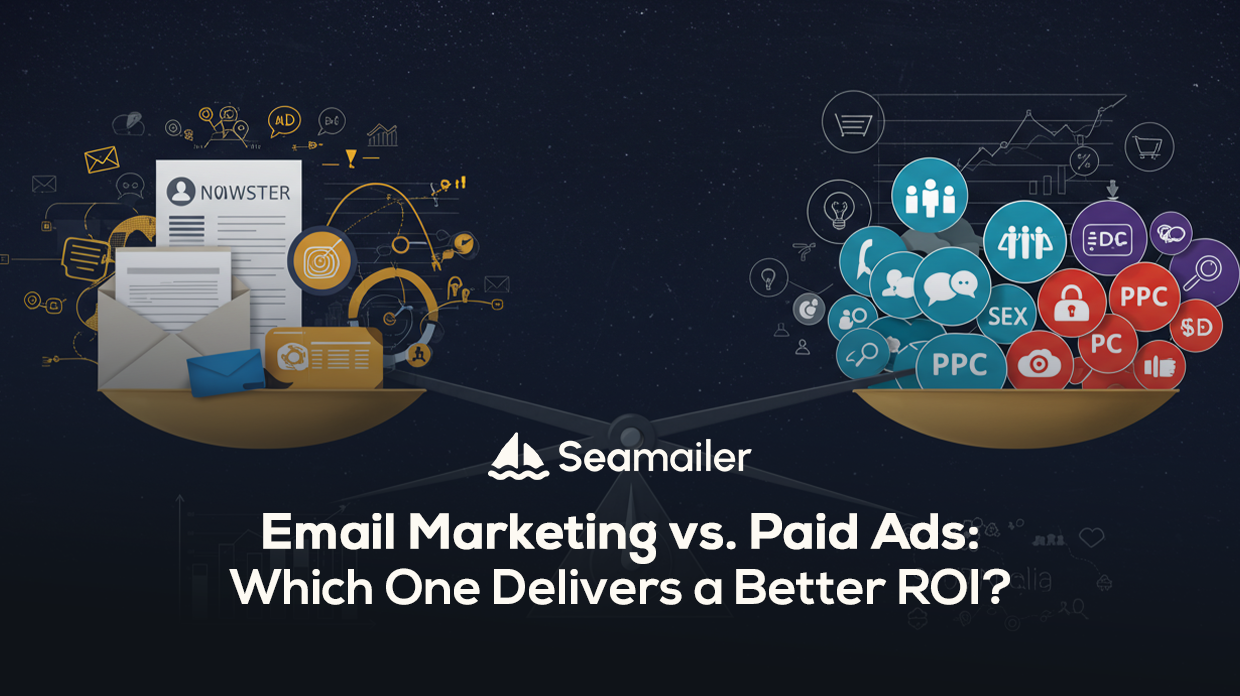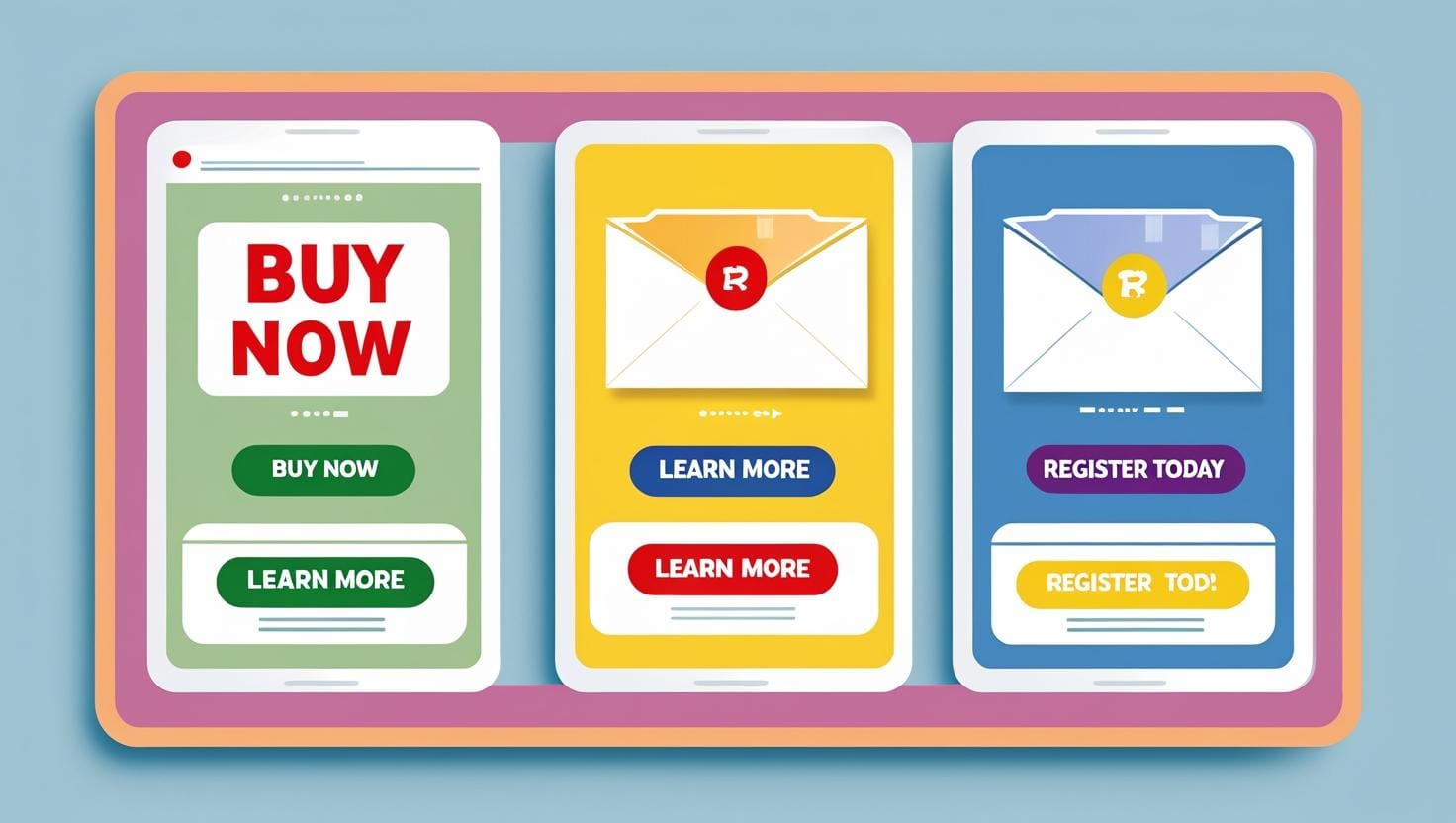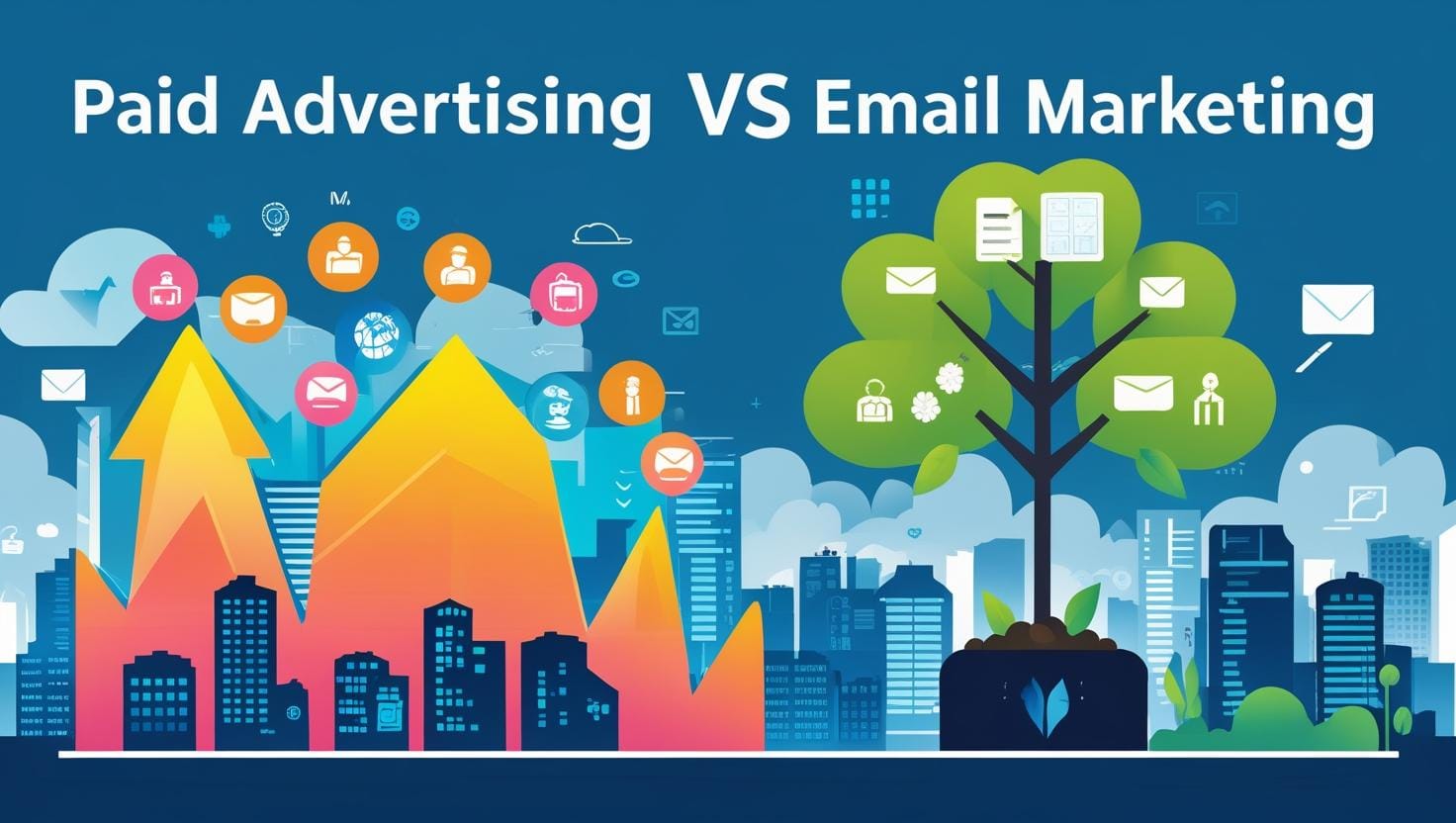Email Marketing vs. Paid Ads: Which One Delivers a Better ROI?

In today's digital-first world, businesses are exploring a variety of strategies to reach their customers, build their brand, and ultimately, drive sales. With an ever-expanding array of marketing tools and platforms, the decision-making process can be overwhelming. Among the most popular and widely discussed methods are paid advertising and email marketing. Both offer valuable opportunities, but which one offers the best return on investment (ROI) for your business?
Continue reading to find out:
- Definition of Paid ads
- Types of Paid ads
- Benefits of Paid ads
- What is marketing is Email marketing
- Types of Email marketing
- Benefits of Email marketing
- Comparison of paid ads and Email marketing
- Which one delivers a better ROI
Understanding Paid Advertising:
Paid advertising refers to using paid channels such as search engine platforms, social media networks, or display networks to promote products or services. This strategy is designed for businesses that want quick visibility and immediate traffic.
Types of paid advertising
Search Engine Advertising (PPC)
Also known as Pay-Per-Click (PPC), this is a type of paid advertising where businesses bid to have their ads displayed on search engines like Google. When users search for terms related to the business, the ads appear at the top of search results, making it highly visible to the audience actively looking for such services or products.
Social Media Ads
Platforms like Facebook, Instagram, LinkedIn, and Twitter offer businesses an opportunity to create paid ads targeted to specific user demographics. These platforms offer advanced targeting options based on user interests, behaviors, location, and more.
Display Ads
Display ads are visual-based advertisements that appear as banners or sidebars on websites, apps, and social media platforms. These can include images, animations, or videos designed to grab the attention of potential customer.
Benefits of Paid Advertising
Paid advertising can provide quick results and a wealth of targeting options, including:
Instant Visibility: As soon as you launch a campaign, your ads go live and reach your target audience.
Advanced Targeting: You can narrow down your audience by various factors, including demographics, interests, behaviors, and location.
Scalability: Paid campaigns can be easily scaled up or adjusted based on performance, giving businesses flexibility.
Data-Driven Insights: Platform provide detailed analytics, enabling you to track and measure success, adjust strategies in real time, and optimize for better ROI.
Exploring Email Marketing: Building Long-Term Relationships
On the other hand, email marketing involves sending direct emails to prospects and existing customers. While this strategy generally takes longer to show results, it is incredibly effective in building relationships and maintaining customer engagement over time.
Types of Email Marketing Campaigns:
Newsletters: Regular emails that inform your audience about updates, blog posts, events, and promotions. Newsletters help maintain long-term communication with your subscribers.
Promotional Emails: Focused on driving sales or actions like signing up or downloading a resource. These emails typically include discounts, exclusive offers, or product launches.
Transactional Emails: Emails triggered by user actions, such as purchase confirmations, shipping updates, or password resets. While they are often informational, transactional emails boast high open rates and can also be used for upselling.
Personalized Email Campaigns: Emails tailored to a customer’s behavior, preferences, or past interactions with your brand. Personalized emails tend to drive higher engagement and conversions.
Benefits of Email Marketing
Cost-Efficient: Compared to many other marketing methods, email marketing has a relatively low cost. The only primary investments are in email marketing software and design, making it a budget-friendly option for many businesses. Targeted and Personalized Messaging: Segmentation allows businesses to send highly relevant and personalized content to different segments of their audience, increasing the chances of engagement. Action-Oriented: Every email can be crafted with a clear call to action (CTA), such as "Buy Now," "Learn More," or "Register Today," encouraging readers to take the next step.

Measurable Impact: With email marketing, it’s easy to track performance metrics like open rates, click-through rates (CTR), and conversion rates, allowing you to optimize campaigns based on real data.
Paid Advertising and Email Marketing: A Head-to-Head Comparison
When weighing paid advertising against email marketing, it’s crucial to consider several factors that could affect your choice. Both strategies have their own strengths and are suited to different goals.
Cost-Effectiveness
Paid advertising tends to have higher upfront costs, especially for paid search campaigns or high-traffic platforms. However, the return can be significant if the campaign is well-targeted and optimized. Email marketing, on the other hand, offers a low-cost solution with relatively minimal investment in software and content creation.
ROI Potential Paid advertising provides an immediate boost in visibility and traffic. However, its ROI can fluctuate depending on targeting, ad creatives, and bidding strategies. Email marketing typically has a higher ROI due to its cost-effectiveness and ability to nurture leads over time. Studies show that every $1 spent on email marketing can generate $42 in return. Versatility and Customization Paid ads allow businesses to customize and test various creatives and messages to see what resonates best with different audience segments. Similarly, email marketing also offers a high degree of customization emails can be segmented based on customer behavior, purchase history, and interests, ensuring that your audience receives relevant content. Audience Reach Paid ads are ideal for businesses aiming to expand their reach quickly and attract a broader audience. They are especially effective for brand awareness and driving traffic in the short term. Email marketing, in contrast, is more suited for engaging existing customers, nurturing leads, and fostering loyalty.

Which one delivers a better ROI
While both paid advertising and email marketing offer valuable benefits, choosing the right approach depends largely on your business goals, budget, and target audience. Paid advertising is perfect if you need fast results, want to reach a large, broad audience, and have a substantial budget for running campaigns across different platforms. Email marketing shines when your focus is on building long-term customer relationships, nurturing leads, and optimizing your marketing spend for high ROI. For many businesses, the most effective approach is to combine both strategies. Use paid ads to increase brand visibility and capture leads, and then use email marketing to nurture those leads and turn them into loyal customers. Ultimately, a holistic marketing strategy that blends the strengths of both paid advertising and email marketing will yield the best results for your business.
Conclusion
Email marketing generally delivers a higher ROI than paid ads due to its lower costs, direct access to subscribers, and ability to personalize and nurture leads, while paid ads can be more expensive and require constant optimization.
You're fast track to achieving your marketing objectives and scaling your business efficiently with the power of email. Start now with seamailer and take control of your email marketing journey!

